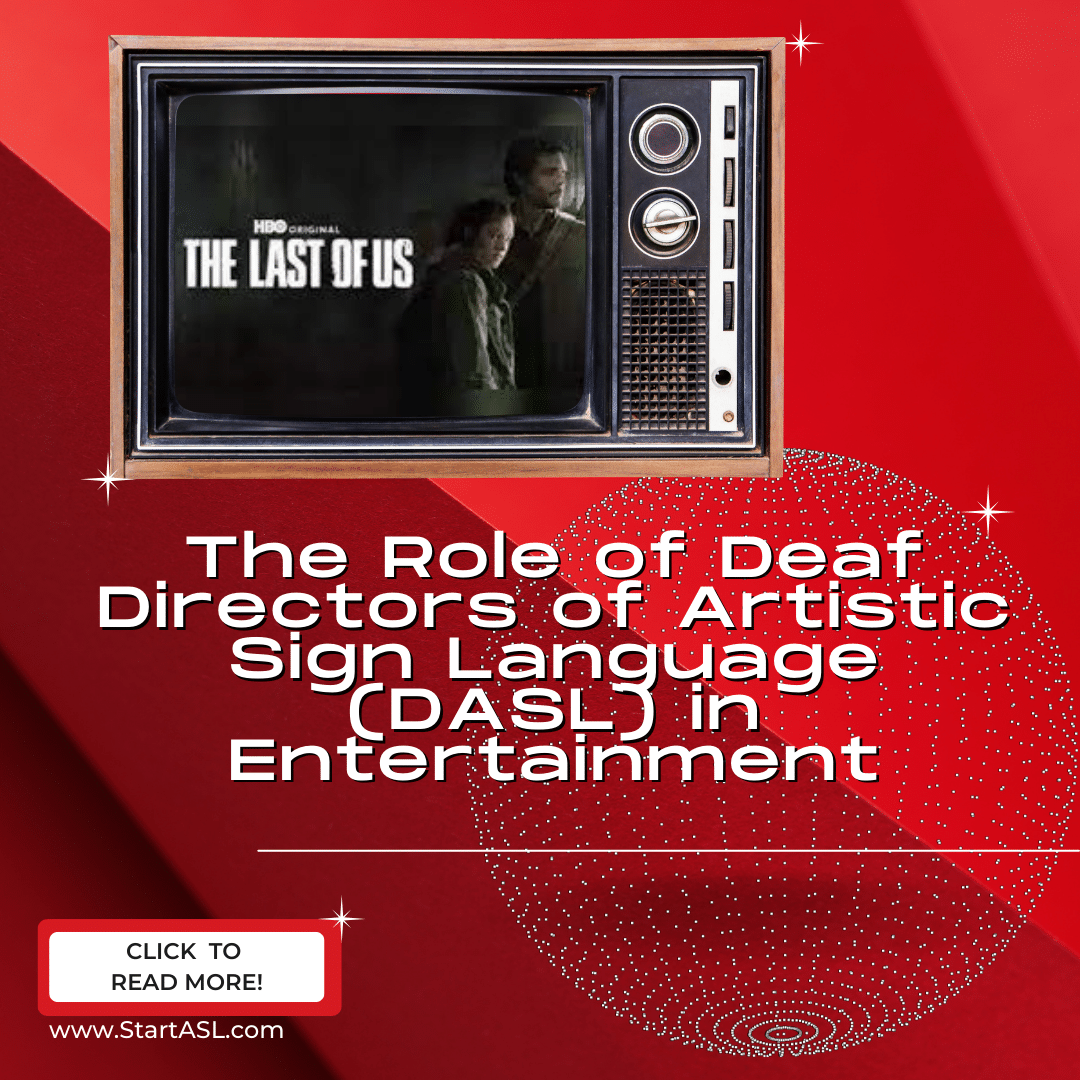
Deaf Students in Mainstream Education
- by Katelyn Cheng
- 3 Comments
D/deaf students need accommodations that will help them be successful in their education. Normal hearing students can easily listen and multitask by taking notes during lectures; however, this is not the case for D/deaf people. There are a several accommodations such as ASL interpreter, CART, notetaker, copy of video/transcript, and many more, which I will explain in the article below.
There are different types of interpreters. Educational interpreters are either CDI or hearing ASL interpreters. There are different types of modalities of sign languages. It is up to the student’s preference on what type of interpreters they prefer. Some students grew up Deaf and their primary sign language is American Sign Language. They might not comprehend English as well so a CDI will be a better interpreter for these students. The difference between a CDI and hearing ASL interpreter is that firstly, CDI is Deaf or hard of hearing and has a deep-rooted understanding of Deaf culture. Secondly, in a situation when CDI is present, the CDI works as a part of team with a hearing ASL interpreter. The ASL interpreter interprets to ASL and the CDI then interprets the ASL message into a visual communique that is customized to suit the specific needs of the Deaf person. This is crucial that the interpreter is able to best fit to the student’s needs in order for him and/or her to learn well and be successful in his or her education. If the interpreter is not the right fit, then the student can easily get lost in lectures and fail his or her classes. Students have different ways of communication and understanding. In an ideal world, agencies find an interpreter that accommodates the students best. If the student is not satisfied with an interpreter they are given, either because that interpreter’s style does not match the student’s style or the interpreter is not expressive enough or the interpreter is missing out a lot of information, etc., the students can request another interpreter. However, it can go the other way. Interpreters can request another interpreter to replace him or her.
Other students might not find an ASL interpreter a right accommodation for him or her. The account known as CART or TypeWell are usually for deaf people who grew up oral and can hear like me. CART and TypeWell are somewhat similar but different. CART is an advanced and accurate translation method that uses a human captioner assisted by computer-based captioning technology to transcribe spoken dialogue word-for-word into written sentences. CART steno keyboards write them syllable by syllable — more or less. Nearly every word sound (called a phoneme) in the English language can be constructed from the initial consonants on the left-hand side of the keyboard, the vowels located in the middle and operated by the thumbs, and the ending consonants on the right-hand side. The teacher can talk fast and it is a lot of information for someone to be able to type using a regular keyboard; therefore CART transcribers are able to write around 80 to 90 words per minute. The best typists have an upper limit of about 110 to 120 words per minute. The average rate of English speech generally ranges around 180 words per minute. How long has CART been around? The precursor of today’s steno machine was invented around 1913, but stenotype machines that can output raw steno code to computers have only existed since the 1980s. The first live captioned television broadcast appeared in 1981, and CART was introduced in the mid-1980s as an onsite complement to broadcast captioning. TypeWell, on the other hand, is a system for capturing spoken content and generating an immediate meaning-for-meaning transcript. Using our advanced abbreviation software, a trained TypeWell transcriber synthesizes the essence of the discussion in clear English text. The meaning-for-meaning means that TypeWell transcribers are trained in meaning-for-meaning transcribing. Why? Because it completely conveys the speaker’s intended meaning in fewer words so the reader can quickly assimilate the content and participate in the discussion as it happens. In my personal experience, I prefer CART over TypeWall because I prefer word-for-word rather than meaning-for-meaning.
It can be difficult to take notes; therefore, teachers would ask a student to voluntarily offer his or her notes to the D/deaf student. Some schools hire notetakers to sit in the classroom and take notes. Some D/deaf students find this helpful, so they can pay their full attention on the teacher and not have worry about multitasking. Multitasking can be difficult for D/deaf people because when they are not actively listening and their focus is on writing, the information is easily being missed; whereas other D/deaf students prefer to take their own notes because it helps them sink in information better. Every D/deaf person preference of learning varies,
It is always crucial to make sure the videos are closed captioned. If it not, then it is not providing the equal access to the information shared in the video and will miss out a ton of information. If there is ever a situation when the video is not captioned and the D/deaf student has CART, the transcriber can caption the videos or if the D/deaf student has an ASL interpreter, the interpreter can sign what the video is saying. The visual aspect also applies to PowerPoint presentations as well. D/deaf people are very visual and can comprehend information when they are able to see it drawn out or written out as well as hearing the information.
D/deaf people often request for extended time on their exams. The comprehension and thinking can be slower than hearing people, so the extended time helps the D/deaf person feel comfortable in take the exam.
Also, some D/deaf people will have an FM system where they will hand that to the teachers. FM system helps amplifies the volume of the person speaking so the deaf person can hear better what the teacher is saying. This is helpful if the teacher is far or near, the quality of the volume and clarity doesn’t change.
D/Deaf people have IEP meetings. IEP stands for Individualized Education Program. These meetings are for students who require assistance or accommodations in order to be successful in school. It does not just apply for D/deaf students, but it also applies for Blind people, people with intellectual disability, people with Down Syndrome, etc. IEP meetings happen once every semester or trimester or quarter depending on the school system. The teachers, student’s family, a special education teacher, and sometimes an advocate will come together to discuss about the student’s disability and accommodations the student needs to be successful in class. IEP protects the students from being treated unfairly because during the meeting, everyone agrees to the IEP meeting that the student gets the proper accommodations in order to make the students successful. In my experience in high school, in my IEP it stated that I am allowed to ask for extended time on my exams. One of my teachers refused to give me the extended time I asked for; therefore, violating the agreements in my IEP.
Although, I get accommodations, I still face teachers not respecting me by not believing that I am deaf and do not need a microphone etc. I experienced having to fight the school to provide my CART services. In college, I received the accommodations I need without any problems. These accommodations help me be successful in my education; thus having a successful future.
Megan Clancy, ASL instructor, shares her experience the accommodations she received in school:
Growing up, I was mostly mainstreamed in hearing schools. I relied on notetakers, ASL interpreters, and captions to help me keep up with my classes. I also had a teacher of the deaf working with me to make sure I didn’t miss anything in class. As a young adult, I also used a FM system to help me understand what professors and students were saying in class since I switched to CART in lieu of ASL interpreters since I was taking journalism classes that relied on information word for word. Sometimes when CART wasn’t available, I’d use ASL interpreters and notetakers as well. I appreciated those services and am always grateful when I see captioning at public services like church or movie theaters. Also, as a CSUN student working on my ASL Teaching Credential, I appreciated it when CSUN’s support services added captions to the uncaptioned videos especially when I was taking online classes before and during COVID-19 pandemic. I also had ASL interpreters help me understand what hearing students were saying when I did student teaching online. I loved it when Zoom came with captions as those were helpful as well.
References:
https://stenoknight.com/FAQ.html
https://support.typewell.com/kb/how-it-works


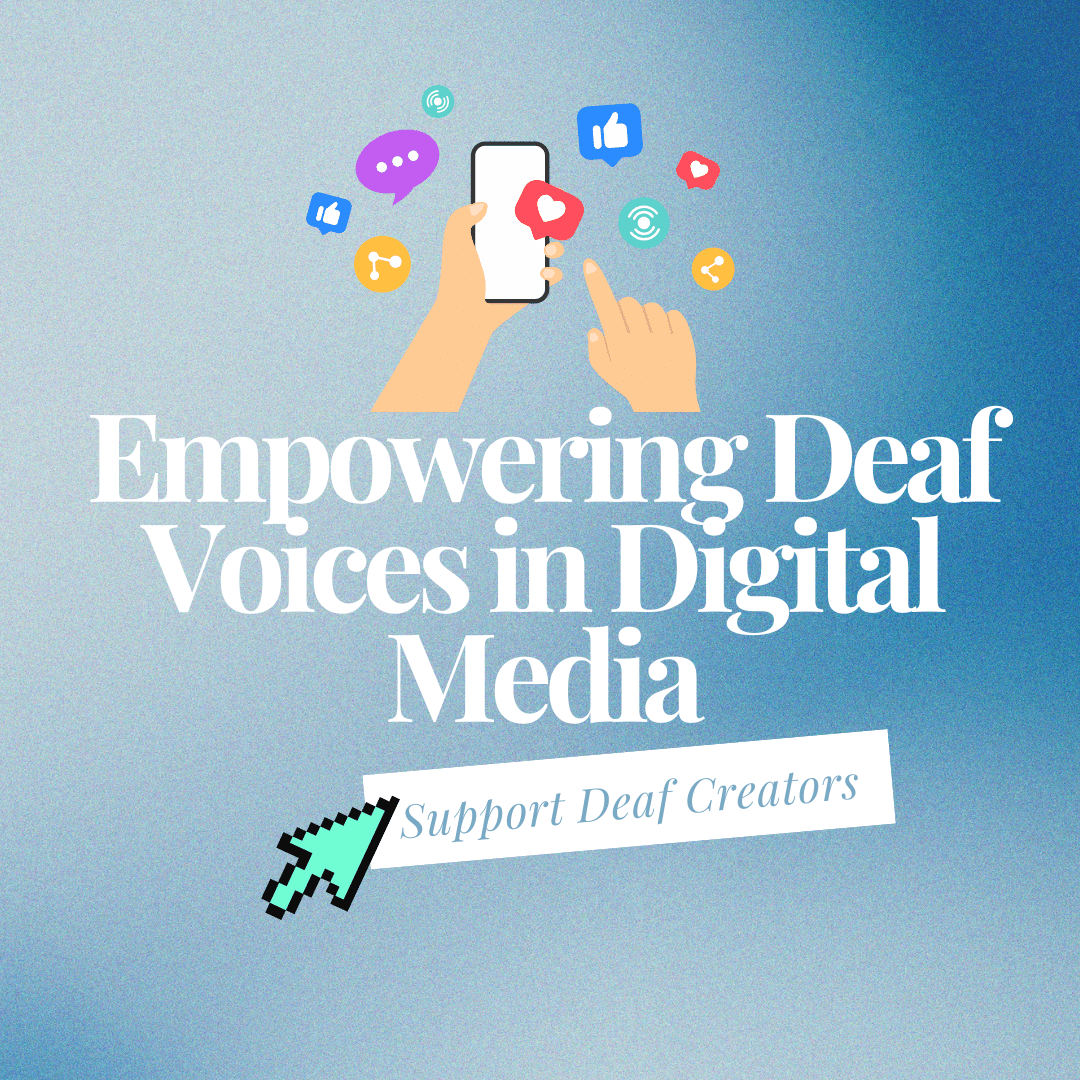
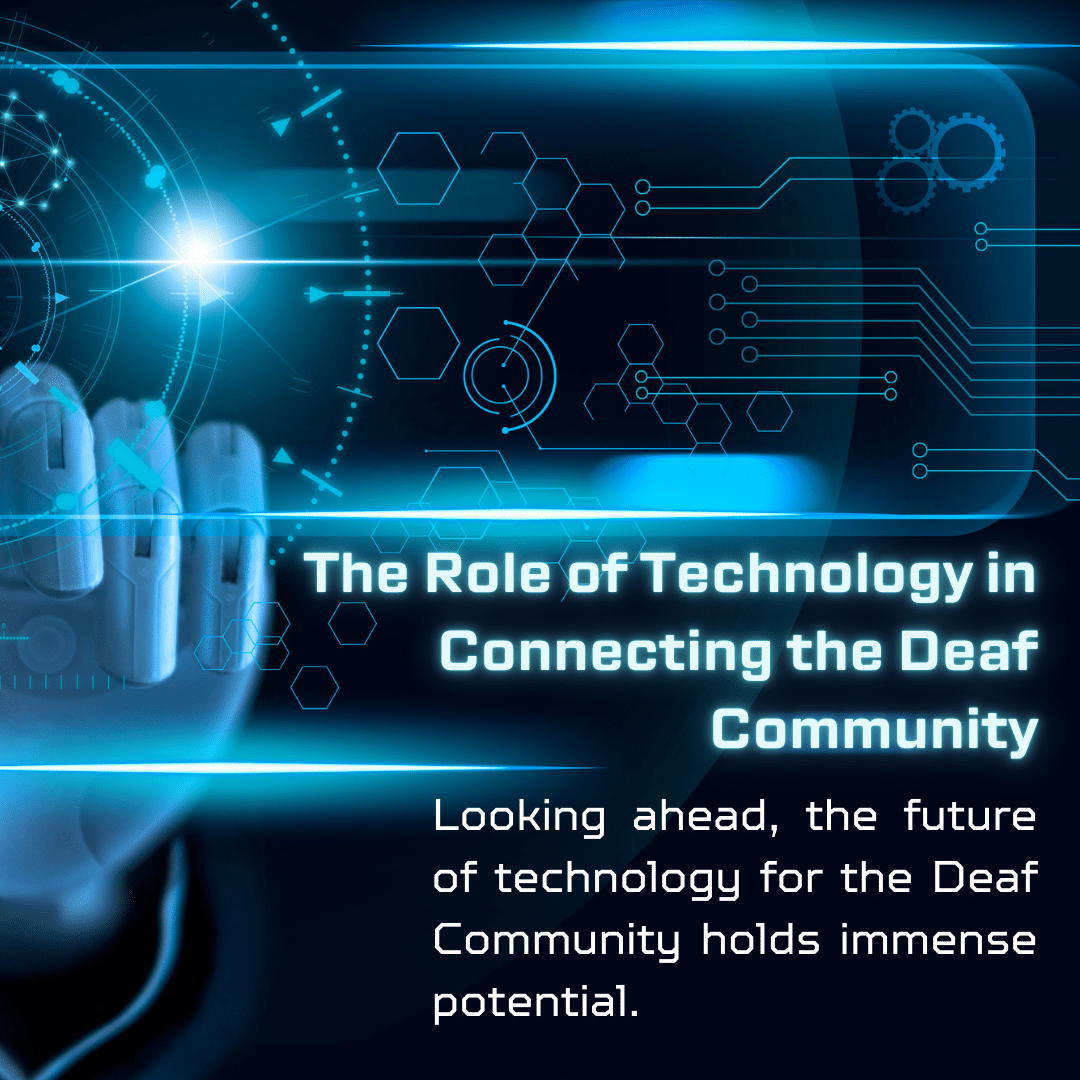
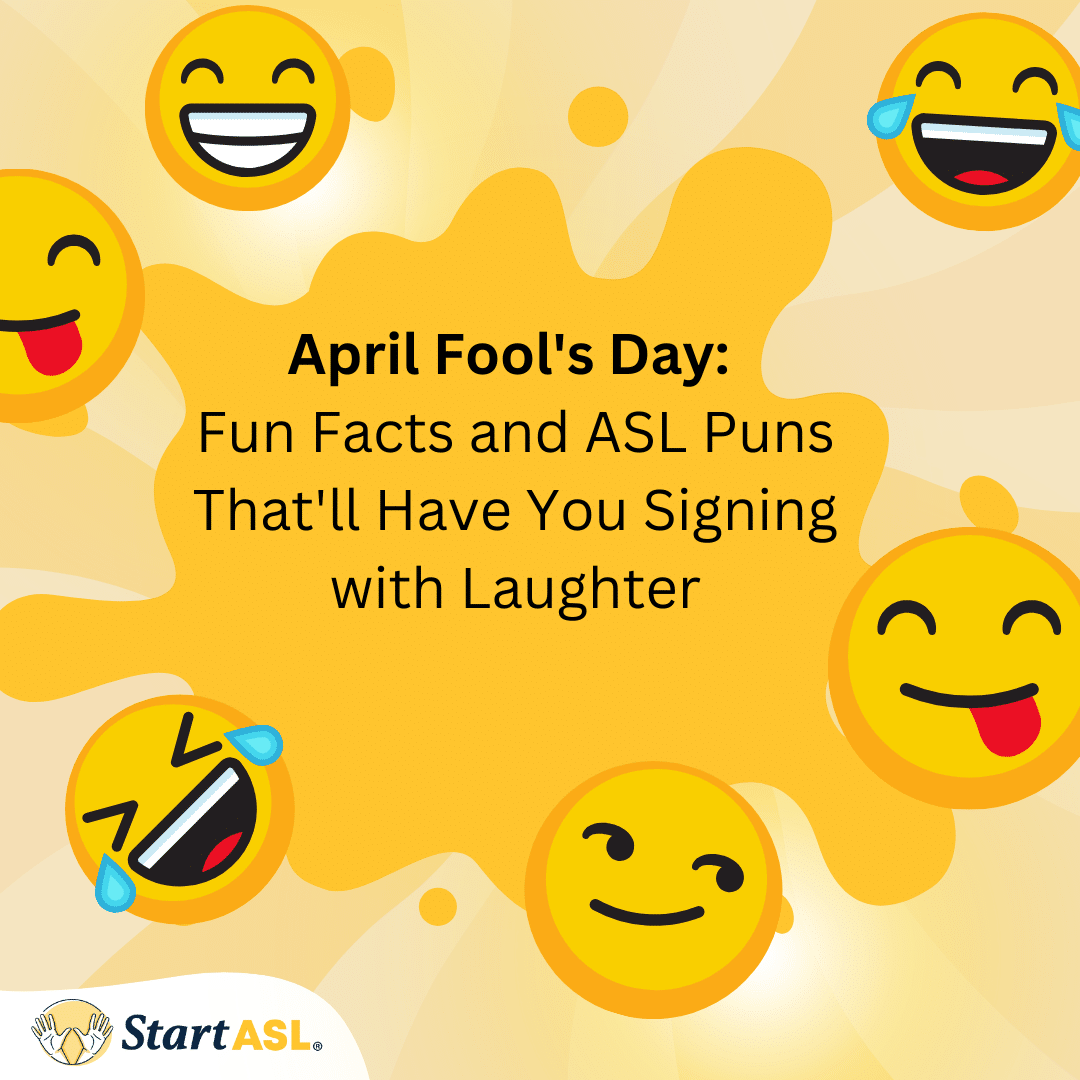
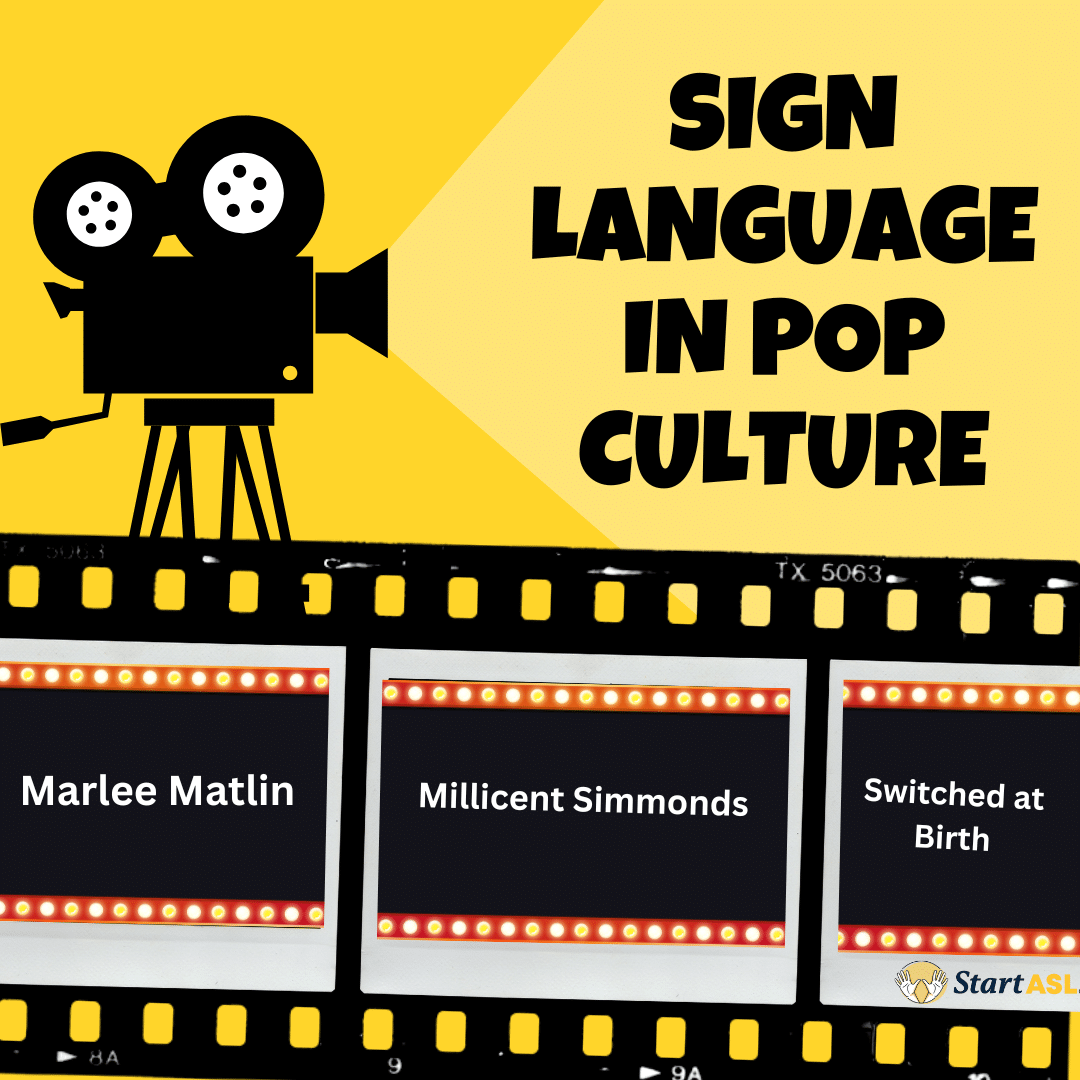
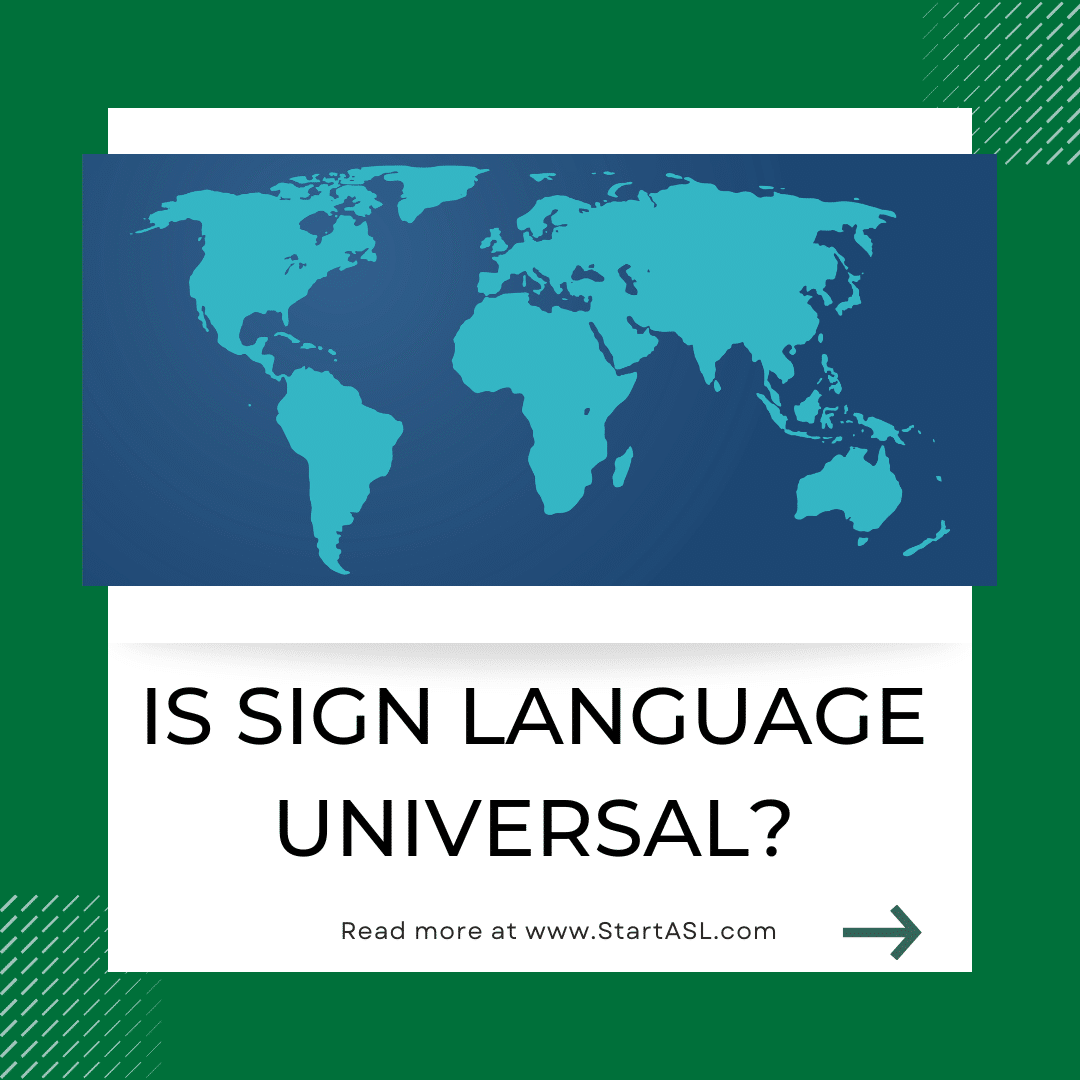




3 Responses
I read the above info. Now I’m ready to start. Seems the only quite time I have is the evening time. With that said, I think I’m ready.
Are there any forms or pages to study. I’m looking for something I can download. I’m ready to start signing but having a hard time doing so. Call me to walk me thru it. Thx
Well, give me an answer.
Are there any forms or pages to study. I’m looking for something I can download. I’m ready to start signing but having a hard time doing so. Call me to walk me thru it. Thx